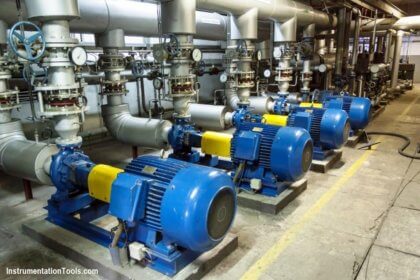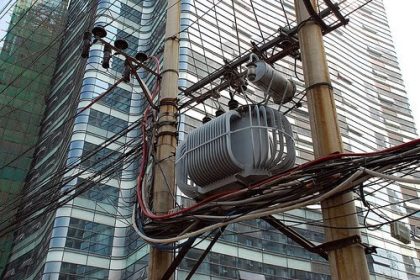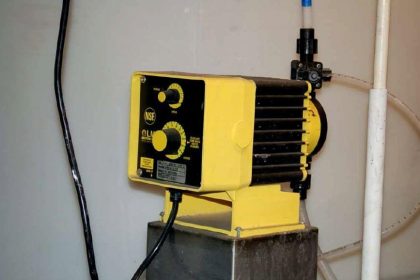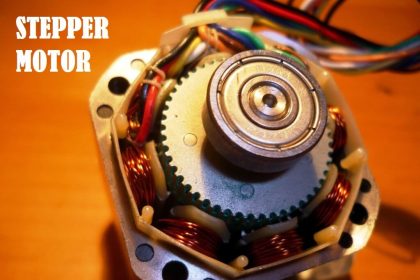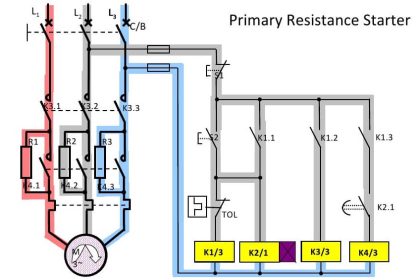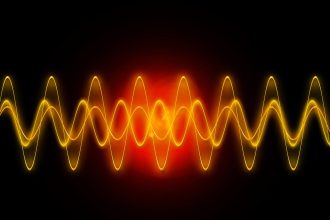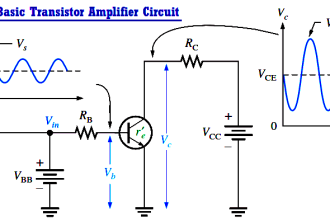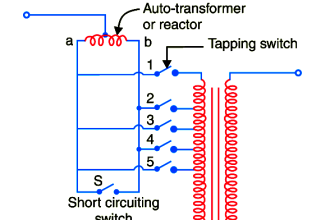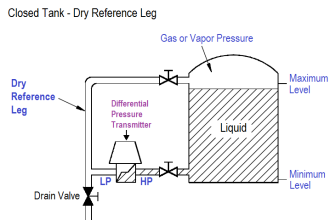Normally the rating of synchronous generators or alternators will be in KVA or MVA instead of kW rating.
Electrical apparatus or machines are usually rated the load which it can carry without overheating and damaging to insulation. i.e, rating of the electrical machines are governed by the temperature rise caused by the internal loss of the machine. The copper loss in the armature depends on the strength of the armature current and core loss depends on voltage and these losses are independent of the power factor.
The reason for which the transformers and synchronous generators are rated in volt-amperes instead of watts is that manufacturer does not know at what power factor does these equipments are going to operate. On the other hand while manufacturing the motors manufacturer specifies the power factor at which the motor should be operate. This is the reason why the motor loads (including synchronous motors are rated in kw) are rated in wattage power.
In the case of alternator and transformers manufacturer does not know the operating power factor. Hence they are rated in KVA or MVA
Consider a generator whose output power is 1000kVA, for different power factors 0.2, 0.5 and 0.8 and unity respectively the output power in kW will be 200, 500, 800 and 1000kW.
